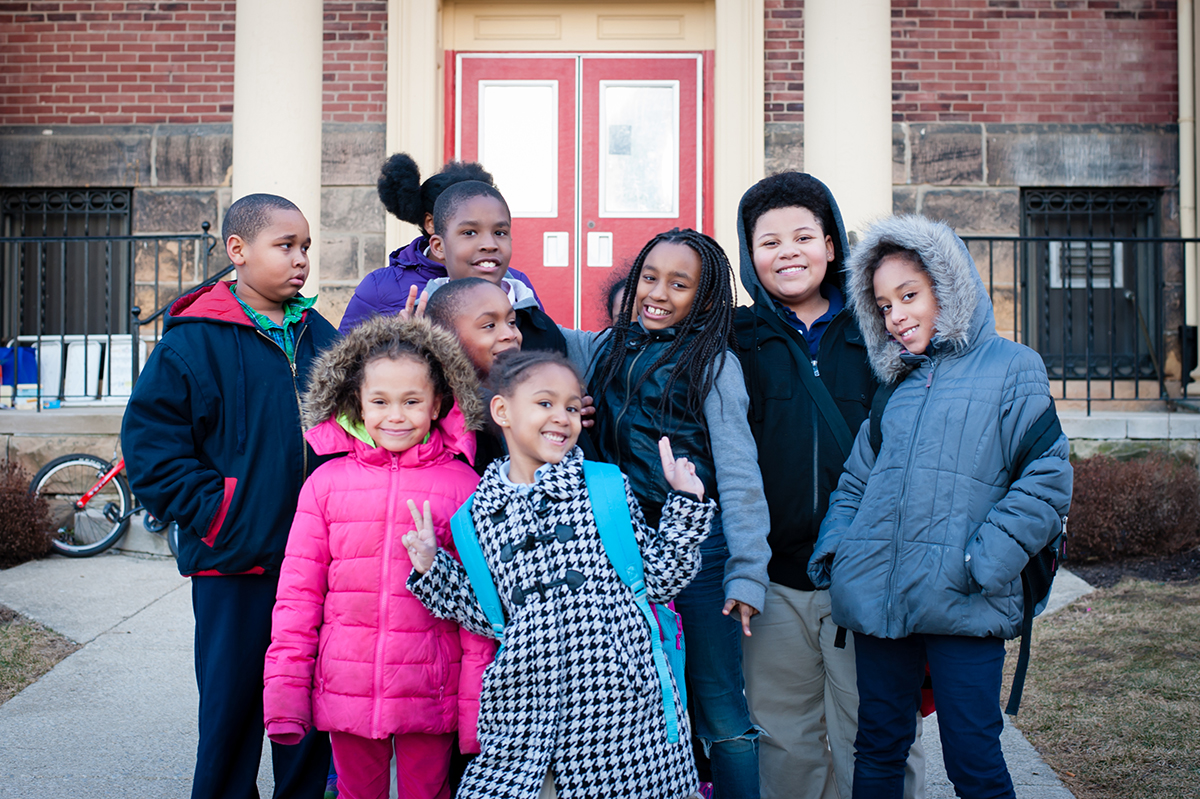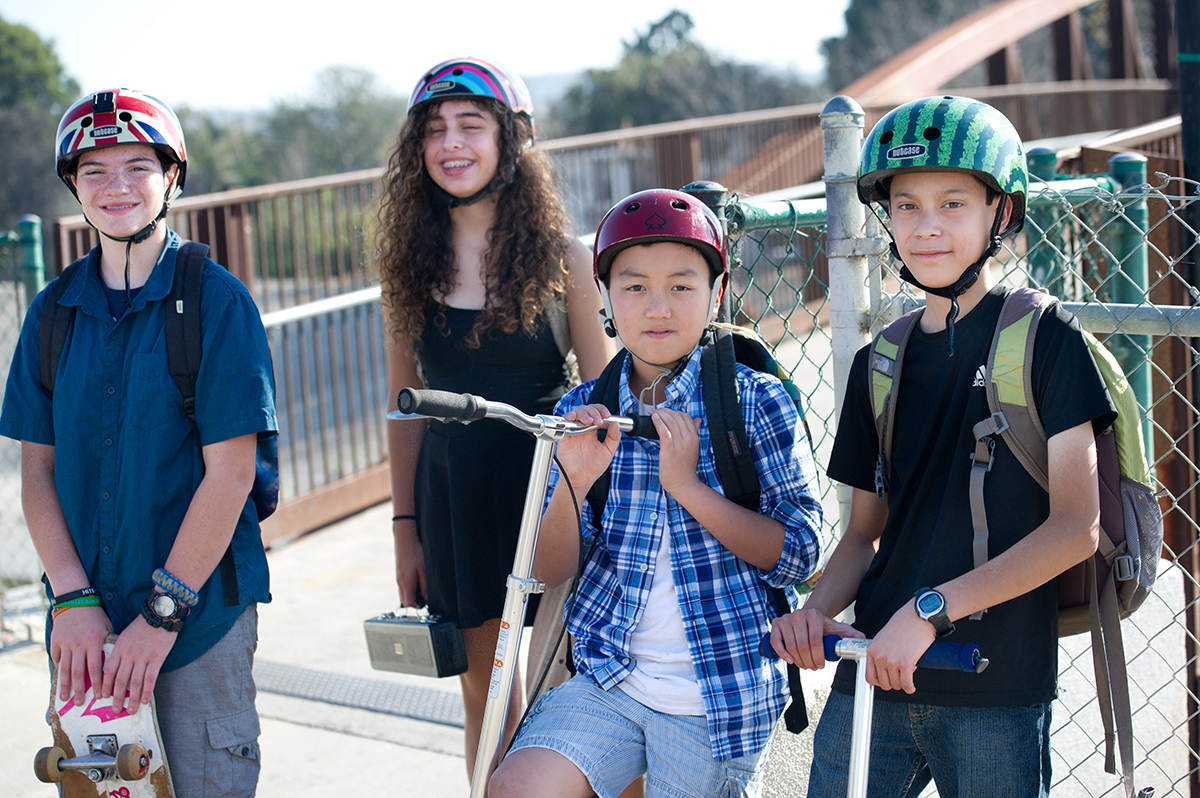Over the last few weeks, our country has seen an alarming increase in hate-motivated slurs and attacks. Whether it is black kids told to sit in the back of a school bus, kids taunting their classmates with threats of deportation, menacing Nazi graffiti appearing on school walls, or elementary school boys grabbing girls in the crotch, there have been far too many incidents of bullying and harassment based on race, ethnicity, or gender, with a disturbingly large number happening to kids in school settings.
Safe Routes to School programs have a significant role to play in rejecting bullying. Working with students and guided by school protocols, Safe Routes to School coordinators and volunteers need to set expectations for how children and adults behave towards each other in public and school settings. That means showing kids by example and through direct conversation that people can disagree with each other without being hateful or hurtful. If kids witness adults engaging in harassing behavior while walking to school, volunteers need to address what was seen. Even more importantly, when volunteers see kids engaging in bullying or harassing behavior, they need to intervene and discuss what happened directly with the participants.

How can these conversations play out? Treat all kids with respect. Appreciate that hurt feelings can be as painful as a physical injury. Make sure that a kid who has been picked on or harassed feels safe, supported, and protected as the conversation unfolds. Listen to kids to hear and understand what happened and why they behaved as they did. Make it clear that kids can express their feelings – that it is good to say how you feel, and tell other people when you are mad or sad – but not in ways that attack other kids for their race, religion, or other characteristics. Help kids see that we are part of each other’s communities and we are all real people with real feelings. Listening and talking can help kids understand that hurting your classmate or neighbor hurts us all because it makes it hard or impossible for us to work together and have fun together.

Why should Safe Routes to School programs take on this issue? We work with kids because we care about their health and their happiness – we want to see kids thriving, laughing, and growing in strength, responsibility, and health. Caring about thriving kids means that our programs need to protect kids from the pain, shame, and fear that can become long term trauma when kids are singled out or harassed for their race, religion, gender, or sexual orientation. Meanwhile, we also want to protect kids from the harm that comes from being a harasser. Bullies are also often bullied. We want to help kids address what is really making them unhappy, instead of turning their own pain into more pain for themselves and others.
There’s another reason that harassment matters for Safe Routes to School practitioners. Safe Routes to School helps to address a wide range of problems – unhealthy kids who aren’t getting enough physical activity, high rates of injury from car crashes, asthma caused by air pollution, and more. But today, many of our communities are suspicious and divided, so much so that many kids and adults feel vulnerable to attack as they walk down the street. That’s why it is fundamentally part of Safe Routes to School to fight bullying and harassment. We know that our programs create friendships and build community. By working to address harassment, we protect the simple benefits of walking or bicycling for everyone in our neighborhoods. At the same time, building community and protecting kids from causing and experiencing hateful harassment helps us work together to develop long term solutions to the problems that affect us all.

